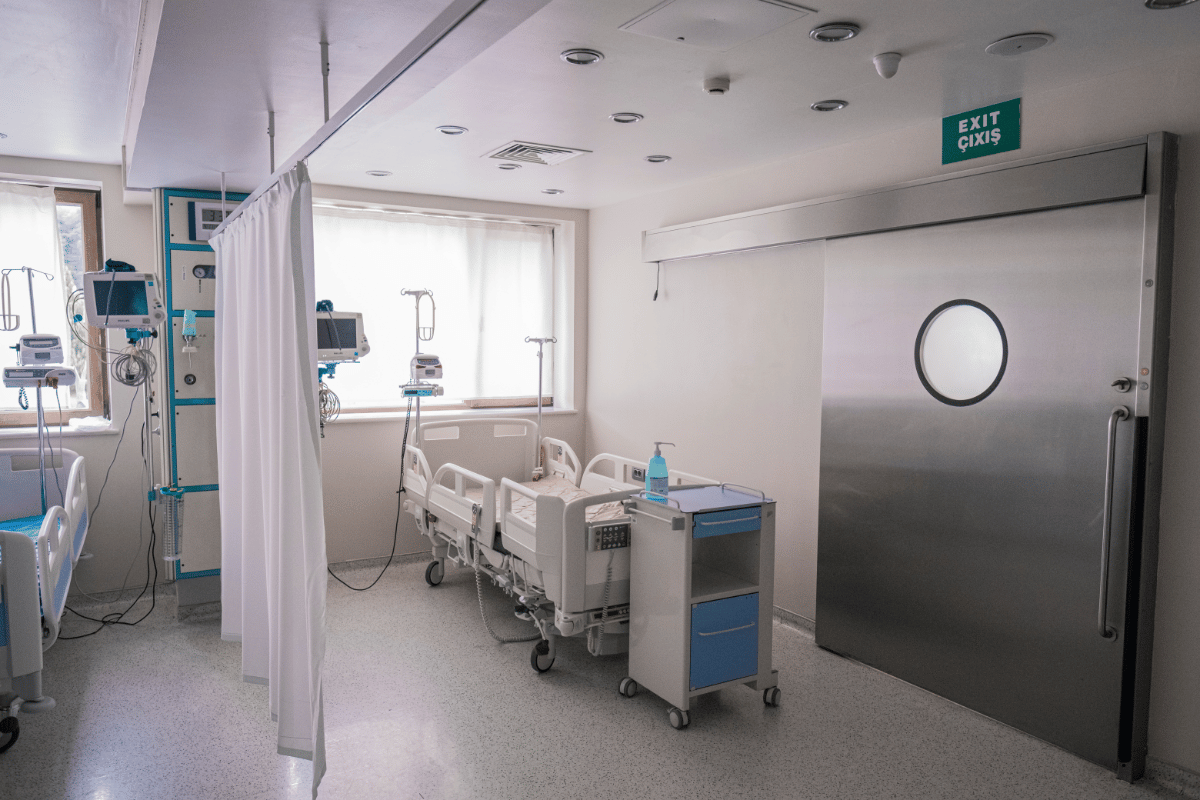Healing Spaces Depend On Healthy Systems
Healthcare facilities, wellness centers, and therapeutic environments are designed to support healing, but the systems operating behind the walls often determine how effective these spaces truly are. Heating, ventilation, lighting, water, and energy systems influence air quality, comfort, and safety. When these systems function properly, patients and staff benefit from environments that foster recovery and productivity.
The Role of Indoor Air and Energy Systems
Air quality is one of the most significant factors in a healing space. Poor ventilation can increase the spread of airborne pathogens and negatively affect respiratory health, especially for vulnerable patients. Modern HVAC systems equipped with high-efficiency filtration and monitoring technologies maintain consistent airflow while reducing contaminants and regulating temperature. Energy-efficient systems also help lower costs, allowing healthcare facilities to allocate more resources toward patient care and long-term operational improvements.
Proper lighting is equally important. Exposure to natural light has been shown to improve mood, regulate sleep patterns, and support faster healing. Facilities that integrate lighting systems designed to mimic natural rhythms create conditions that are more supportive of both patients and staff, while also reducing fatigue, enhancing alertness, and encouraging better overall well-being throughout the day and night cycle.
Why Maintenance and Commissioning Matter
Even the most advanced systems require ongoing attention. Regular maintenance ensures that mechanical and electrical equipment continues to perform as intended. Many organizations work with a building commissioning firm to verify that every system operates according to design standards. This process reduces downtime, extends equipment life, and ensures regulatory compliance.
Healing spaces cannot rely solely on architecture or aesthetics. Their success depends on healthy, reliable systems that protect air quality, conserve resources, and maintain safe conditions. Facilities that prioritize system performance create environments where recovery, efficiency, and sustainability come together to support long-term well-being. To learn more, feel free to look over the accompanying resource below.







